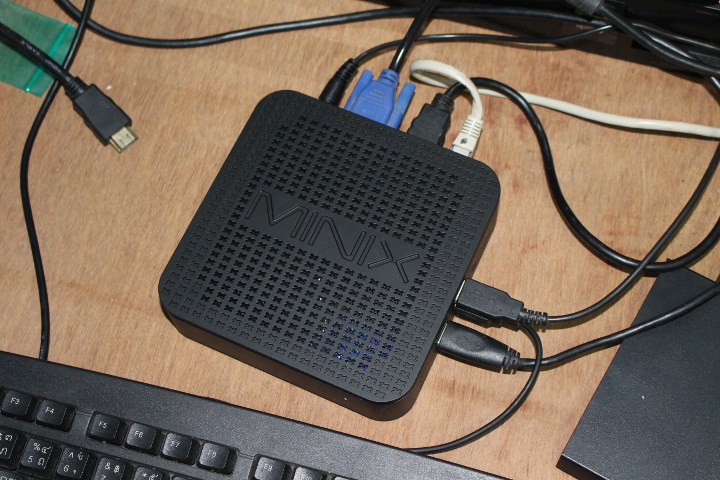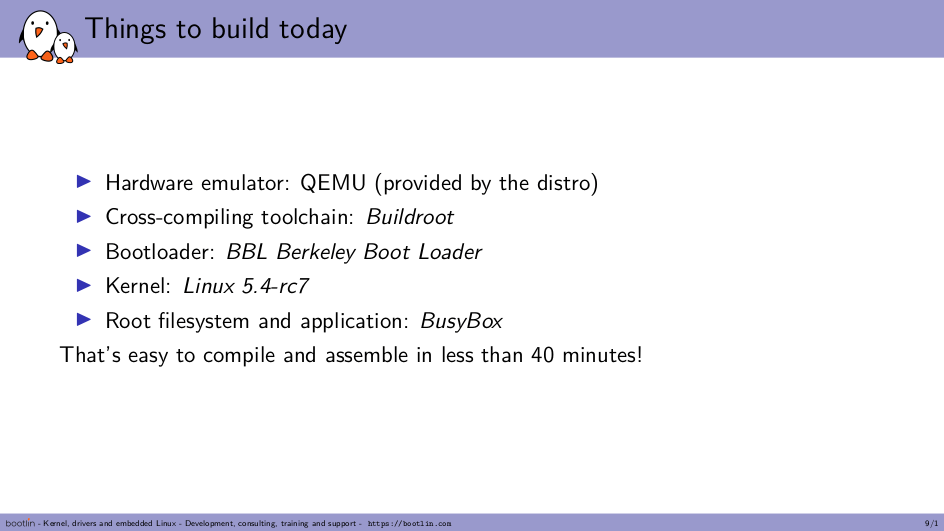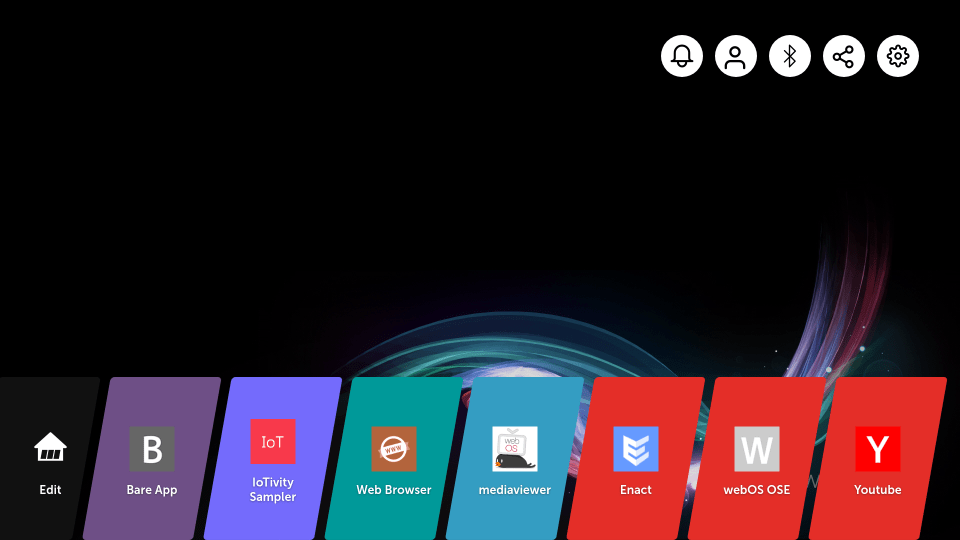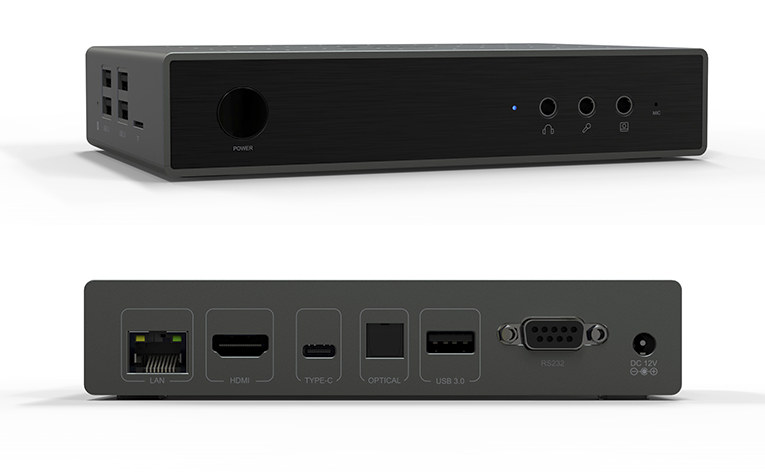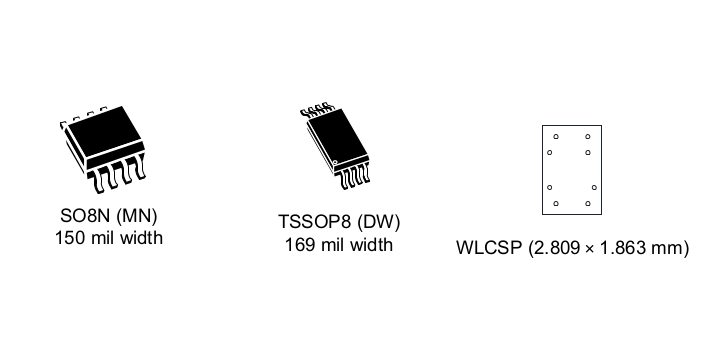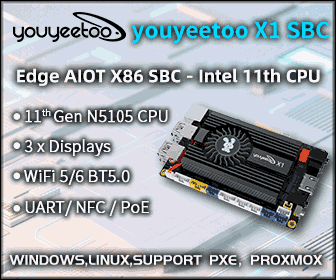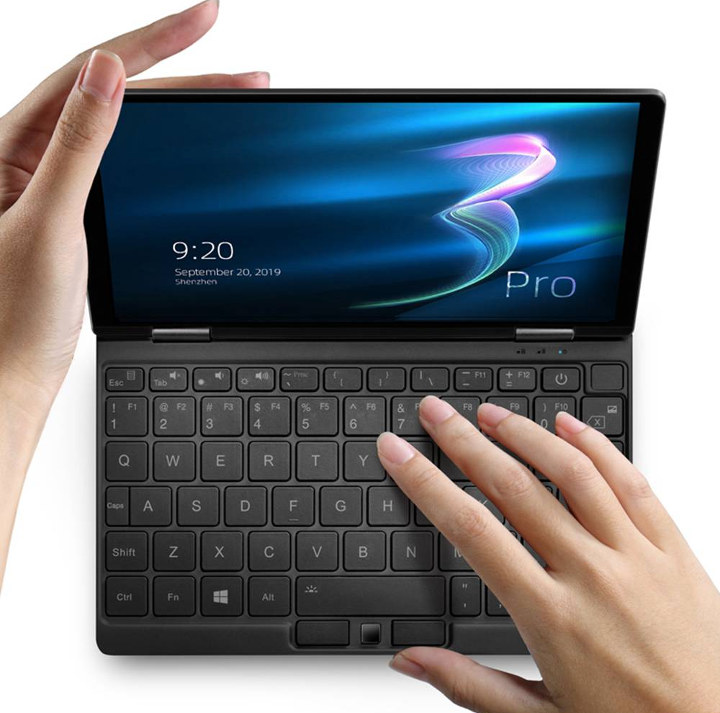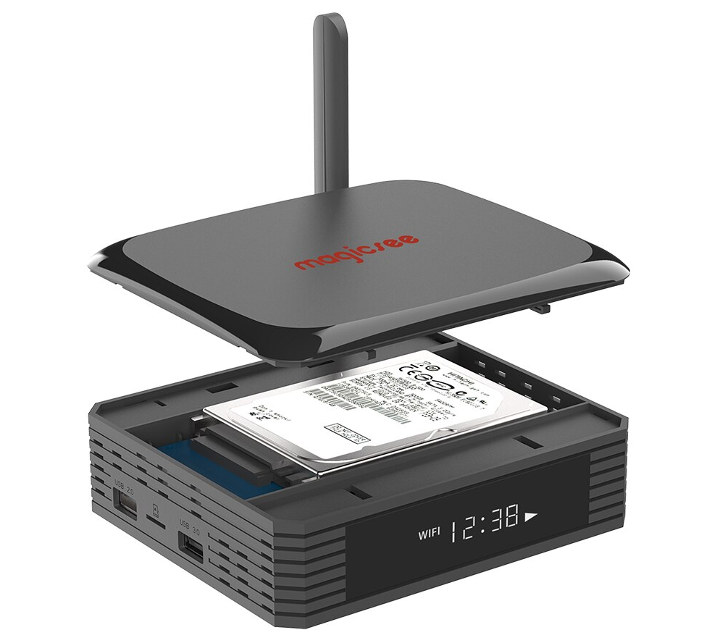Galerdo Beker Pro Galerdo is a simple to use, swimmers attendant, that holds tight to the head and collects data. It offers interactive audio, AI advice underwater and even plays music through bone-conduction. We previously reported on fitness and swimming tracker Makibes F69 IP68 Smartwatch but it lacked audio support. Feature Awards for Galerdo Galerdo won the CES 2020 Innovation Award for Swim Tracker, AI Voice Assistant and Handset Free features. Previous and Present Devices Galerdo Inc has a previous bone-conduction audio device that offered music underwater to swimmers, without the need for a headband or earbuds. The latest device simply called Galerdo adds AI data collection and spoken advice as the user is swimming, in real-time. Quick Run Down on Bone-Conduction The AI technology that is used in the Galerdo is further enhanced by the bone-conduction transfer of sound and is a technology industry that is growing rapidly. It […]
MINIX NEO G41V-4 Mini PC Review – Part 2: Windows 10 Pro
MINIX NEO G41V-4 is the latest mini PC from the Hong Kong-based company, and this time they’ve gone fanless with a new design that should allow proper cooling with a large heatsink, plenty of ventilation holes on the top, as well as a dust-resistant meshing to present dust from entering inside the enclosure. I’ve now had time to review the fanless mini PC, and I’ll report my experience with Windows 10 Pro, while Ian did his part with Ubuntu 18.04. Switching to Windows 10 Boot from SSD I had installed the optional 240GB SSD in the first part of the review. It offers an easy way to get more storage and performance, and you don’t need to reinstall Windows 10 Pro since it’s already installed in the SSD. You just need to change some settings in the BIOS as explained in the user manual. To be on the safe side, […]
Getting Started with Embedded Linux on RISC-V in QEMU
RISC-V is getting more and more popular, but if you want to run Linux on actual hardware it’s currently fairly expensive since you either need to rely on HiFive Unleashed SBC ($999), or expensive FPGAs. Another solution is running Linux RISC-V via QEMU emulator, and I showed how to do this using BBL (Berkeley Boot Loader), Linux 4.14, and busybear rootfs. If you check the comments section of that earlier post you could also try out Fedora RISC-V images in QEMU. Bootlin has now published a presentation showing how to run embedded Linux on RISC-V in QEMU with many of the same components as in the previous instructions, but with a more up-to-date Linux kernel (5.4), and using Buildroot to build everything from scratch including the toolchain, BBL, the Linux kernel, and a Busybox based root file system. They explain each step in detail in the 45-page presentation to allow […]
webOS OSE 2.0 Adds Support for Rapsberry Pi 4, Dual Displays, FOTA and More
Back in March 2018, LG unveiled webOS Open Source Edition optimized for Raspberry Pi 3 board. Last month, the company released a major version with webOS OSE 2.0 adding support for Raspberry Pi 4, dual displays, FOTA support and more. We missed the release at the time but caught up as LG just released a minor update with webOS OSE 2.1 a few days ago that adds a Japanese keyboard, uses journald, and provides various fixes and improvements. Some of the new features of webOS OSE 2.x include: Dual-display support which will eventually enable multi-display support for rear-seat entertainment (RSE) systems Firmware-Over-the Air (FOTA) Smack integration for enhanced security New passenger-friendly and touch input optimized Home Launcher as shown above WiFi tethering support via SoftAP Added support Raspberry Pi 4 (new reference hardware) Upgrade to Qt 5.12 and Chromium 72 webOS is generally known as an operating system for televisions, […]
Zidoo M9 is a Rockchip RK3399 TV Box/Mini PC/SBC with Android 7.1 + SDK
Zidoo has launched several TV boxes running Android over the years, some of which we reviewed such as Zidoo X9 (2015), or Zidoo H6 Pro. They also have experience launched dual-OS systems with Android and OpenWrt running simultaneously for multimedia and router functions respectively through their Zidoo X9S media center. The company has now contacted CNX Software to review their latest model. Zidoo M9 is a higher-end Rockchip RK3399 powered Android 7.1 TV box or mini PC, and Zidoo will also sell it as a single board computer for custom projects in the field of robotics, automotive control, artificial intelligence and more. Zidoo M9 specifications: SoC – Rockchip RK3399 hexa-core processor with 2x Cortex-A72 cores @ 2.0GHz, 4x Cortex-A53 cores. and a Mali-T860MP4 GPU with support for OpenGL ES 1.1/2.0 /3.0, OpenVG1.1, OpenCL, and Directx11 System Memory – Dual-channel 4GB DDR (2GB is optional) Storage – 32GB eMMC5.1 flash (8GB/16GB/64G/128G […]
STMicro Introduces the World’s First 4Mbit SPI EEPROM
EEPROM chips are often used to store configuration information and connected over I2C. But there are also SPI EEPROM, and STMicro has just announced one of the largest ones with M95M04-DR 4-Mbit serial SPI EEPROM. M95M04-DR key features: Capacity – 4 Mbit (512 Kbytes) of EEPROM with 512 bytes page size and additional write lockable page (Identification page) Host Interface – Serial peripheral interface (SPI) bus Write time – Byte Write within 5 ms, Page Write within 5 ms Write protect – Quarter array, half array, and whole memory array More than 4 million Write cycles More than 40-year data retention Max clock frequency – 10 MHz Single supply voltage: 1.8 V to 5.5 V Temperature range – -40°C to +85°C Enhanced ESD protection (up to 4 kV in human body model) Packages – SO8N, TSSOP8, and WLCSP The company explains their latest high-capacity EEPROM enables equipment such as smart […]
One Mix 3 Pro Comet Lake Mini Laptop Launched for $960
There have been several mini laptops from GPD, Chuwi, and One Netbook launched over the last few years. One Netbook One Mix 3Pro is one of the most powerful with one of the latest Comet Lake processor coupled with 16GB RAM, a 512GB NVMe SSD, and equipped with an 8.4″ touchscreen display with 2560×1440 resolution. So far, the device was only available in China for 6,919 RMB ($984 US), but GeekBuying is now selling the One Mix 3 Pro for $959.99 with free shipping and either an English or Japanese keyboard. You may lower the price by $20 using Mix3Pro coupon code, and even $60 with coupon GKB19BF60 valid for orders over $600 as we reported in our Black Friday 2019 post. Here’s a reminder of One Mix 3 Pro specifications: SoC – Intel Core i5-10120Y Comet Lake-Y (10th gen) 4-core/8-thread processor @ 1.0 GHz (base) / 4.0 GHz (turbo […]
Magicsee N5 Plus Amlogic S905X3 TV Box Comes with a 2.5″ SATA HDD/SSD Bay
Amlogic S905X3 TV boxes have been announced since June. S905X3 is Amlogic’s first Arm Cortex-A55 processor and targets 4K UHD HDR TV boxes. If you plan to play files locally, you may do so from a USB hard drive connected to one of the USB 3.0 or USB 2.0 ports, but Magicsee N5 Plus offers another option thanks to a SATA bay for 2.5″ hard drives or SSD’s. Magicsee N5 Plus specifications: SoC – Amlogic S905X3 quad-core Arm Cortex-A55 processor @ 1.9 GHz with Arm Mali-G31MP2 GPU System Memory – 2GB or 4GB DDR4 Storage – 16GB, 32GB, or 64GB GB eMMC flash, microSD card slot, 2.5″ SATA HDD/SSD bay up to 4TB Video & Audio Output HDMI 2.1 up to 4K @ 60 Hz with HDCP, CEC, HDR 3.5mm AV jack for composite video (480i/576i) and stereo audio Optical S/PDIF Video Playback – 10-bit H.265 up to 8K @ […]



